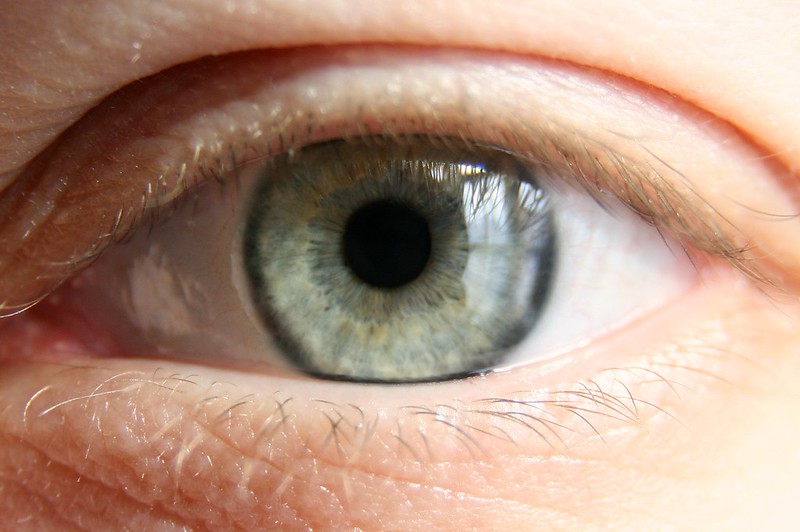The eight stages of EMDR therapy provide a framework for understanding the treatment process. It’s a map that the EMDR therapist follows. The names of the eight stages describe what happens during each stage and each stage focuses on a specific aspect of treatment. All eight stages contribute to the overall effect of EMDR treatment; however, not all stages can be used in a single EMDR treatment session.
The 8 Phases of Eye Movement Desensitization & Reprocessing Therapy are:
- History Taking
- Client Preparation
- Assessment
- Desensitization
- Installation
- Body Scan
- Closure
- Reevaluation of Treatment Effects
Stage 1 of EMDR Therapy: History Taking
The first stage begins with a discussion between the EMDR therapist and the client about what drives the client to treatment and how EMDR therapy can be best used for that client. The EMDR therapist and client develop a secure working relationship. The client’s history is discussed and a treatment plan is developed with attention to the pace of treatment and the choice of traumatic events that will be part of the treatment. In addition, the client’s internal and external resources are evaluated.
Stage 2 of EMDR Therapy: Client Preparation
In the preparation stage, the therapist explains the EMDR treatment process, and conditions, and sets expectations. Any client concerns and questions are addressed and a secure therapeutic alliance is established between therapist and client. The therapist and client collaborate to prepare specific techniques to deal with any emotional disturbance that may arise. Some clients need a significant amount of time in stages 1 and 2 to feel ready to move on to the next stages.
Stage 3 of EMDR Therapy: Assessment
In the evaluation, the event to be addressed (also known as the target event) is identified, along with the images, beliefs, feelings, and sensations about the event. Primary baseline measures are set using a scale of subjective units of disorder (SUD) and a Validity of Cognition (VOC) scale.
The next three stages are known as the “reprocessing” stages and all involve bilateral attentional stimulation (BLS). Dual Attention BLS revitalizes the customer information processing system while keeping the customer grounded for the time being. Double attention BLS can be combined with eye movements, sounds, or taps.
Stage 4 of EMDR Therapy: Desensitization
In stage IV, desensitization, side-to-side eye movements, sounds, or taps begin with a focus on the traumatic event, and continue until the client’s SUD intensity is reduced to zero (or 1 if appropriate ). During this time, new thoughts, sensations, images, and feelings may appear.
Stage 5 of EMDR Therapy: Installation
When desensitization is complete, installation begins. In this stage, the client associates and strengthens a positive belief in the target event so that it feels completely real.
Stage 6 of EMDR Therapy: Body Scan
During the body scan, the client is asked to keep in mind the target event and positive beliefs while scanning the body from head to toe. Any remaining disorder is reprocessed in the body.
The last two stages ensure safety for the client at the end of the current session and the beginning of the next session.
Stage7 of EMDR Therapy: Closure
Each reprocessing session ends with phase seven, closure, in which the client is helped to return to a calm state in the present whether reprocessing is completed or not. Reprocessing of an event is complete when the client feels neutral about it (SUD = 0), the positive belief feels completely right (VOC = 7), and the body is completely free of disturbances.
Stage 8 of EMDR Therapy: Reevaluation of Treatment Effect
Reassessment is how each new session begins after reprocessing. The client and the therapist discuss the recently processed memories to make sure distress remains low and positive perception remains strong. Goals and future directions for continued treatment are defined.

Eye Movement Desensitization and Reprocessing
Eye Movement Desensitizing and Reprocessing Therapy treatment is short-term, effective, and can be done in person or at home through online therapy.
EMDR Therapy Phases
The eight stages of EMDR therapy are a map that the EMDR therapist follows to provide a framework for understanding the treatment process.
EMDR as Treatment
EMDR therapy is an effective way to get over your past and serves as a treatment option for those suffering from anxiety, panic, post-traumatic stress disorder, or trauma.
EMDR & Anxiety
EMDR Therapy is often used to treat anxiety disorders as more and more clinicians & patients begin to understand the benefits of treatment.
EMDR & Depression
Identifying strong & negative thoughts or beliefs is a key benefit of EMDR Therapy, making EMDR a strong treatment for depression & major depressive disorders.
EMDR & Poor Job Performance
Both employees & executives often work at below their potential because of past trauma caused by a history of criticism, mistakes , self-questioning or relational abuse. EMDR Therapy can help.
EMDR & Low Self Esteem
EMDR Therapy is an effective treatment for helping those with low self esteem. It can define if your feelings are the result of abuse as a child or if something more recent is impacting your self esteem.
EMDR & Sexual Dysfunction
Sexual dysfunction often ties back to deep-rooted psychological causes; EMDR Therapy helps the patient (and therapist) get to the root cause and have a chance to "reprocess" the info for a better result without dysfunction.
I am a Licensed Professional Counselor (LPC) & Mental Health Service Provider (MHSP) in Tennessee
I am a firm believer in the effectiveness of EMDR Therapy and have seen the treatment help my patients time and time again. With over 15 years of experience in traditional personal & family therapy & counseling in my background, I find as an EMDR therapist in Tennessee that the treatment works faster to highlight and address deep-rooted problems than traditional treatment modalities. Most of my patients end up working with me through traditional therapy and counseling while also undergoing EMDR therapy under my direction.

Steven Lepley LPC, MHSP
Licensed in Tennessee
I am a Licensed Professional Counselor, Mental Health Services Provider & EMDR Therapist offering virtual telemedicine appointments throughout all of Tennessee.
Ask me about my experience & how I can help you address the challenges you are facing. Call me or text me at 615.330.2659.
